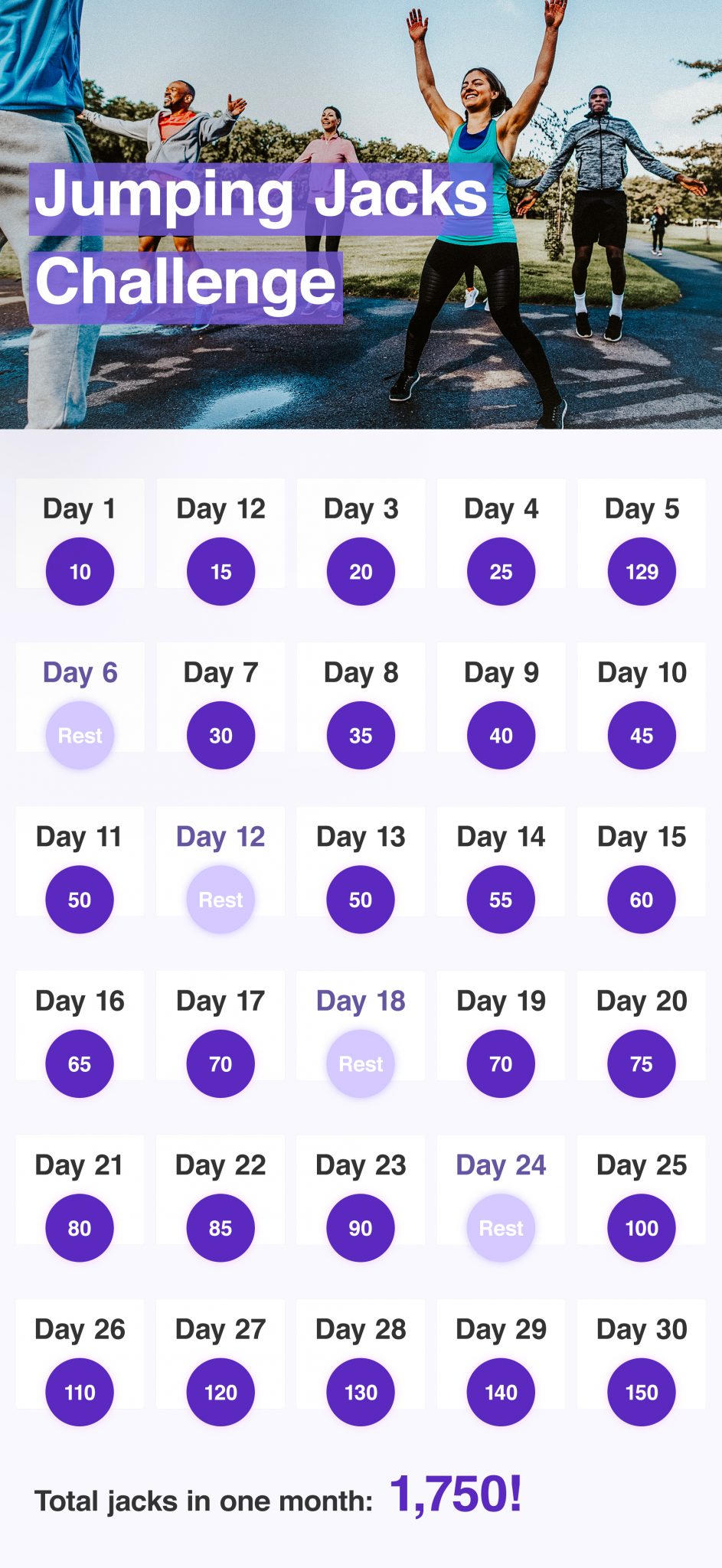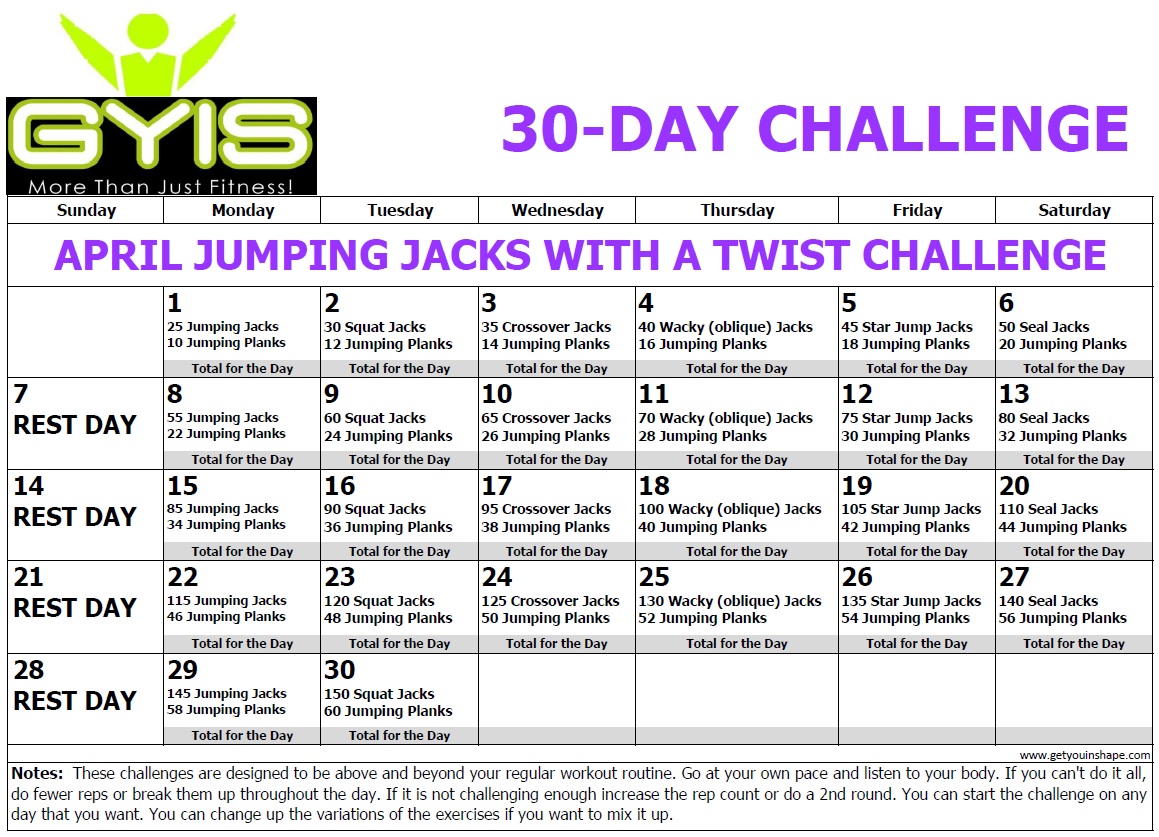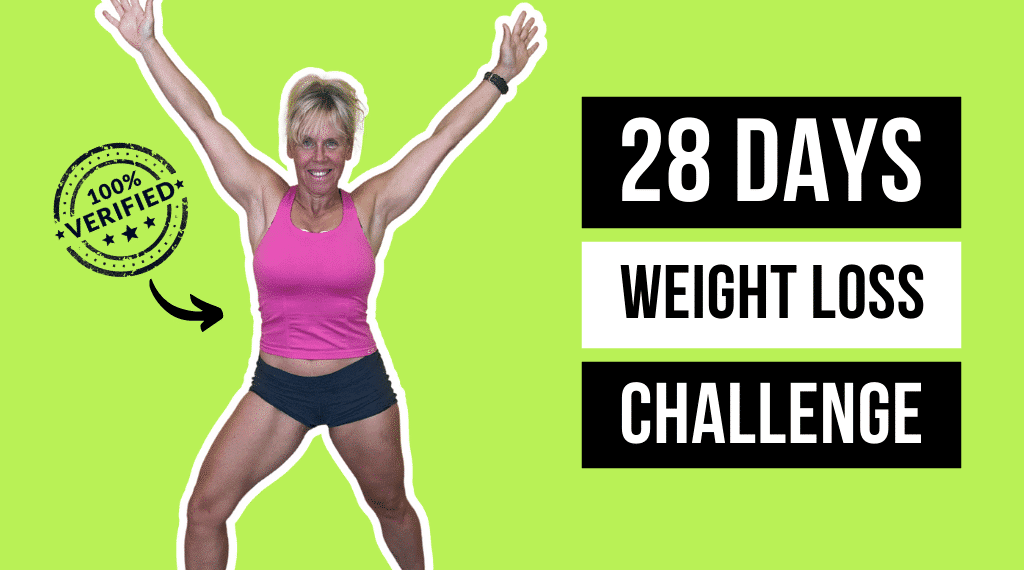100 Jumping Jacks A Day For 30 Days Results

In an era dominated by complex fitness regimes and expensive gym memberships, a simpler approach has gained traction: the 30-day jumping jack challenge. Participants committed to performing 100 jumping jacks daily for a month, aiming to assess the impact of this basic exercise on their physical and mental well-being.
The challenge attracted a diverse group of individuals, ranging from fitness enthusiasts seeking a supplementary activity to those new to exercise, searching for an accessible entry point. Reports of their experiences have begun to emerge, offering insights into the potential benefits and limitations of this straightforward routine.
The 30-Day Jumping Jack Experiment
The premise is simple: perform 100 jumping jacks every day for 30 consecutive days. This approach removes barriers such as specialized equipment or extensive time commitment, making it accessible to individuals with varied schedules and fitness levels.
Participants tracked their progress, noting changes in their energy levels, physical endurance, and overall mood. Some even consulted with healthcare professionals before commencing the challenge, particularly those with pre-existing health conditions.
Observed Physical Changes
Many participants reported improvements in cardiovascular fitness. Jumping jacks, a form of plyometric exercise, elevate the heart rate and enhance blood circulation, contributing to enhanced cardiovascular health.
“I definitely felt my stamina increase,” stated Sarah Miller, a participant from Chicago. “Before, I’d get winded walking up the stairs, but now I can do it without even thinking.”
Weight loss, although not the primary goal for most, was another frequently cited benefit. While 100 jumping jacks daily alone may not lead to significant weight reduction, it can contribute to a calorie deficit when combined with a balanced diet.
Mental and Emotional Well-being
The challenge also appeared to have a positive impact on mental health. Physical activity releases endorphins, which have mood-boosting effects.
Endorphins act as natural stress relievers. Participants reported feeling more energized, focused, and less prone to stress throughout the day.
John Davis, a participant based in Los Angeles, noted, “It became a ritual, a way to start the day on a positive note. It’s surprising how such a simple thing can make such a difference.”
Addressing Potential Risks
While generally safe, jumping jacks are not without potential risks. Individuals with pre-existing joint problems, particularly in the knees, ankles, or hips, should exercise caution.
Proper form is also crucial. Incorrect technique can lead to injuries. It is recommended to start slowly and gradually increase the intensity and duration of the exercise.
Dr. Emily Carter, a physician specializing in sports medicine, advises, "Listen to your body. If you experience any pain, stop immediately and consult with a healthcare professional."
The Bigger Picture
The 30-day jumping jack challenge underscores the importance of consistent physical activity, regardless of its intensity or complexity. It demonstrates that even small changes in daily routines can have measurable positive effects on both physical and mental well-being.
It also highlights the accessibility of fitness. Exercise does not necessarily require expensive equipment or gym memberships; it can be incorporated into daily life in simple, convenient ways.
"The key is finding something sustainable and enjoyable," says fitness expert, Lisa Chen. "Consistency is more important than intensity in the long run."
The challenge serves as a reminder that fitness is a journey, not a destination. It is about making gradual, sustainable changes that promote overall health and well-being.
While the 30-day jumping jack challenge may not be a complete fitness solution, it can serve as a valuable starting point. It can motivate individuals to adopt a more active lifestyle and explore other forms of exercise.
The experiences of participants provide compelling evidence of the potential benefits of this simple routine. However, it is essential to consult with healthcare professionals before starting any new exercise program, especially for individuals with pre-existing health conditions.


















